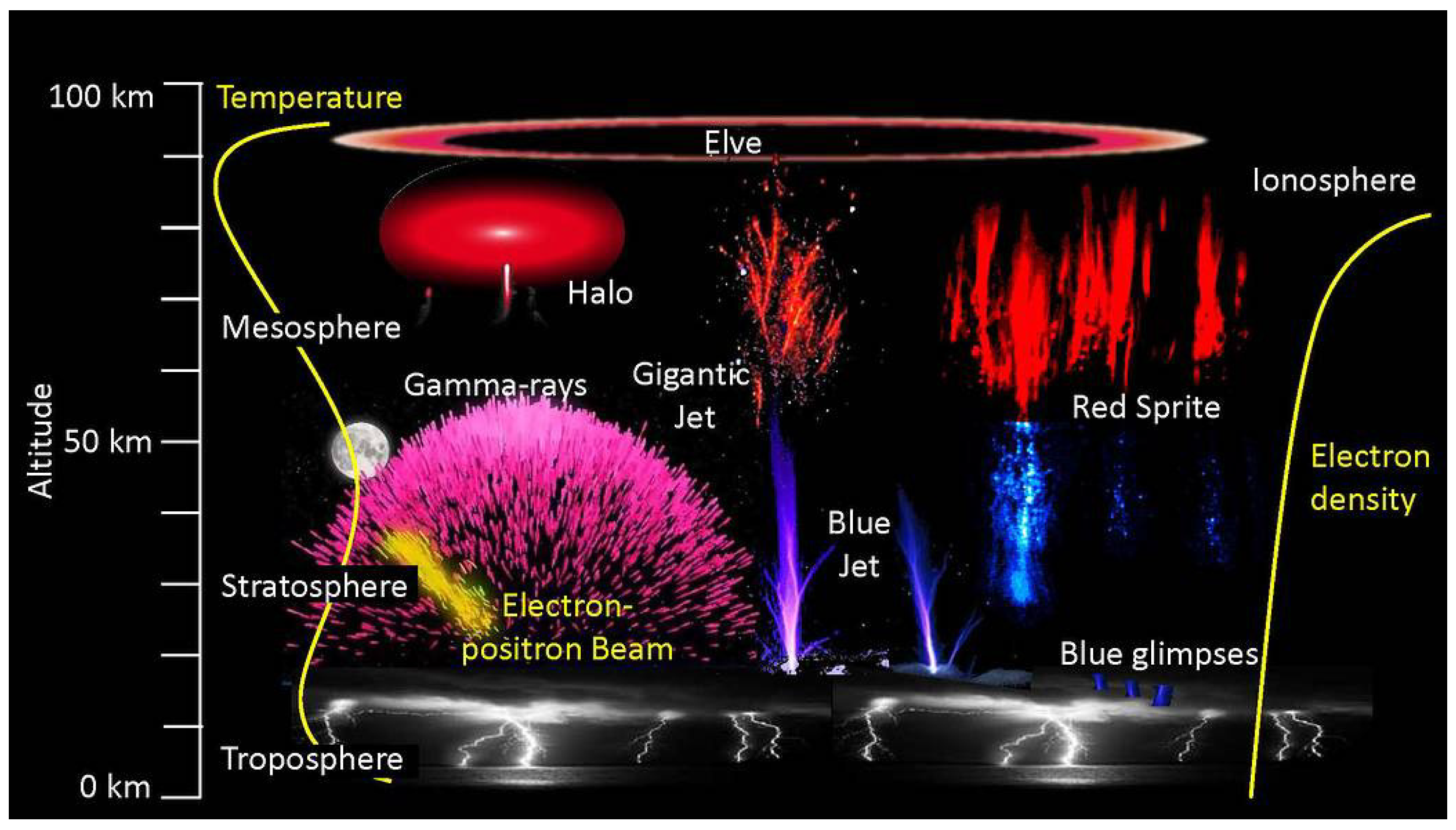
What's more, that infrared brightness continued after the sudden flare-up. "It's a bit poetic, in that, you know, this is going to be the final fate of the Earth," says Kishalay De, a postdoctoral fellow at the MIT Kavli Institute for Astrophysics and Space Research and the lead author of the new report. During a survey of the sky, astronomers saw the star suddenly and briefly brighten, becoming about 100 times more luminous over around 10 days.įollow-up observations suggest that what they witnessed must have been the star's ingestion of a hot gas giant planet about the size of Jupiter, according to a new report in the journal Nature. This particular star lies about 15,000 light years away. That's because, for the first time, they've spotted what appears to be a sun-like star gulping an orbiting planet.
Observations with color-near infrared ground based cameras coordinated with the Day/Night Band (DNB) sensor on the new Suomi NPP satellite are revealing that CGGWs are far more common over the central US during the convective season than once thought.An artist's impression of an aging star swelling up and beginning to engulf a planet, much like the Sun will do in about 5 billion years.Īstronomers have gotten a sneak peek at what could be Earth's ultimate fate in about 5 billion years when the sun reaches the end of its life and engulfs the solar system's inner planets – including our own. These waves play a key role in middle-atmosphere dynamics, but also modulate the luminosity of elves and possible sprites. Special DSLR cameras with their IR cut filters removed also can capture sprites, and in addition, convectively-generated gravity waves in the airglow layer near the mesopause. These were captured by multiple low-light Watec 902H U cameras, as well as detailed color images using a Nikon D4S. This same night, a modest MCS in northeastern NM also produced a number of highly photogenic sprites. This provides one of the most complete descriptions of sprite phenomenology to date. A detailed analysis of the entire discharge process employs the images, NMQ gridded radar reflectivity data, the LMA VHF sources, NLDN and CMCN data, and VLF/ ELF retrievals of time dependent charge moment changes. Concurrently, the sprite parent +CG (SP+CG) was also imaged at 10000 ips by a Phantom deployed in a mobile van as part of the NSF-funded UPLIGHTS effort. A classic “jellyfish” sprite was captured by an intensified high-speed (10000 ips) Phantom camera in Ft. Around 0800 Z on 19 July 2014 a relatively small MCS moved through the Rapid City, SD area and its 3-D Lightning Mapping Array (LMA).

We focus on several dates during June - August 2014, in which excellent illustrations of the capabilities of these technologies were obtained. During the 2014 summer campaign for the DARPA Physical Origins of Coupling to the Upper Atmosphere from Lightning (PhOCAL) project, various sensor systems were deployed. Rapid advances in sensor and camera technology during the past decade have created many opportunities to extend our understanding of TLEs and their parent lightning. Sprites are induced by exceptionally powerful CG lightning discharges, which themselves have been investigated for over a century using both still and video imagery. Since then a wide variety of cameras and optical sensors have played key roles in understanding the morphology of TLEs and providing objective measurements to validate theories as to their formation. Winckler serendipitously captured by the first image of a sprite, the most common class of lightning-related transient luminous events, above a Minnesota thunderstorm. A low-light camera system being ground tested for a rocket experiment in July, 1989 by Prof.


 0 kommentar(er)
0 kommentar(er)
